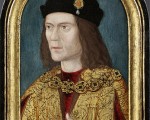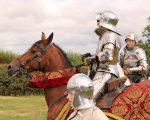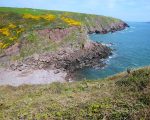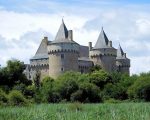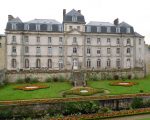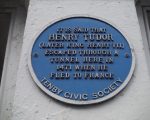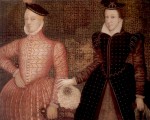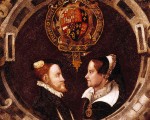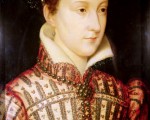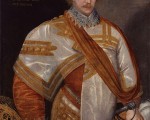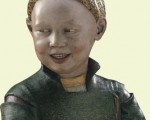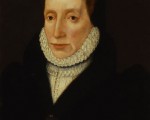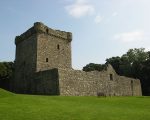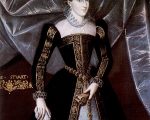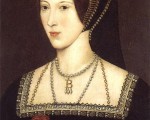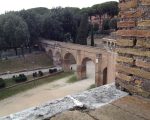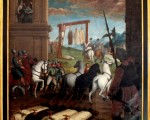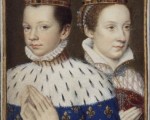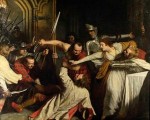On this day in history events for 7th – 13th November:
7 November:
1485 – Richard III and his supporters were attainted at Henry VII’s first Parliament. Click here to read more.
1541 – Archbishop Thomas Cranmer and the Duke of Norfolk went to Hampton Court Palace to interrogate Queen Catherine Howard, and to arrange that she should be confined to her chambers there. Click here to read more.
1557 – Death of Sir John Arundell of Lanherne. He was buried at St Mawgan Church. Arundell served Henry VIII as Sheriff of Cornwall and Commander of troops against the rebels during the Pilgrimage of Grace. He also served in France in 1544. During Edward VI’s reign, in 1549, he was imprisoned after John, Baron Russell, accused him of refusing to raise troops and of ordering the mass to be performed. He was released in June 1552.
1565 – Death of Sir Edward Warner, soldier, member of Parliament and Lieutenant of the Tower of London during the reigns of Edward VI and Elizabeth I. He was the gaoler of Katherine Seymour (née Grey), Countess of Hertford, who had been imprisoned for secretly marrying Edward Seymour, Earl of Hertford. Warner died in Norfolk and was buried at Little Plumstead Church in the county.
1568 – Baptism of Dunstan Gale, poet and author of “Pyramus and Thisbe”, at St Giles Cripplegate, London.
1581 – Death of Richard Davies, scholar and Bishop of St David’s, in Abergwili, Carmarthenshire, in the bishop’s palace. He was a friend of Matthew Parker, Archbishop of Canterbury, and undertook translations of parts of the Bible.
1603 – Burial of Robert Allot, literary compiler, bookseller, poet and editor of the 1599 “Wits Theater” and the 1600 “Englands Parnassus”, at St Ann Blackfriars.
[Read More...]
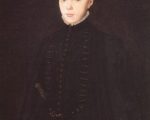

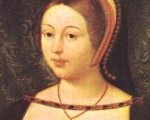
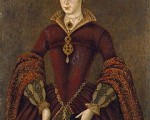
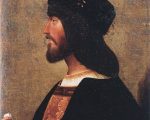
 I had the pleasure of sharing a table with Samantha Morris, author of Cesare Borgia in a Nutshell at the Evening with the Authors event in London recently and her enthusiasm for the Borgia family is infectious. I know they're not Tudor, but they're fascinating and are another family that is surrounded by myth and controversy, and that has larger than life characters.
I had the pleasure of sharing a table with Samantha Morris, author of Cesare Borgia in a Nutshell at the Evening with the Authors event in London recently and her enthusiasm for the Borgia family is infectious. I know they're not Tudor, but they're fascinating and are another family that is surrounded by myth and controversy, and that has larger than life characters. 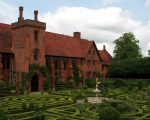
 On this day in history, the 18th October 1555, Elizabeth, daughter of Henry VIII and Anne Boleyn, finally received permission from her half-sister, Mary I, to leave court and travel to her own estate at Hatfield, rather than return to house arrest in Woodstock.
On this day in history, the 18th October 1555, Elizabeth, daughter of Henry VIII and Anne Boleyn, finally received permission from her half-sister, Mary I, to leave court and travel to her own estate at Hatfield, rather than return to house arrest in Woodstock.
